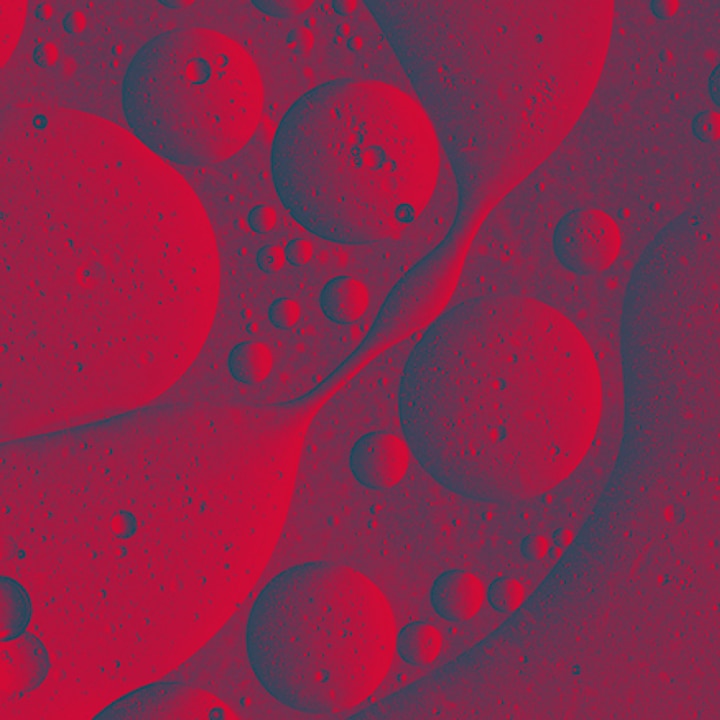The project must be designed, operated and commissioned in accordance with municipal, provincial and federal environmental regulations and laws. Dow will be conducting specific studies to assess environmental effects associated with key environmental concerns such as: air quality, noise, water, traffic, and waste.
For this expansion project, Dow will require:
- An amendment to our existing Alberta Environmental Protection and Enhancement Act approval; and
- An amendment to our existing Alberta Water Act License to Divert and Use Water approval.
Air Quality
Air emissions must meet the requirements of the Alberta Ambient Air Quality Objectives and Guidelines established by Alberta Environment and Parks (AEP). Dow plans to ensure that air emissions are minimized from the operating equipment.
- Regional air quality is expected to be maintained with potential air emissions identified and controlled.
- A core feature of the project is a net-zero carbon emissions expansion including retrofit of existing site assets.
Noise
Dow will continue to participate in the Regional Noise Management Plan (RNMP) which is managed by the Northeast Capital Industrial Association (NCIA) to ensure industry in Alberta’s Industrial Heartland complies with Alberta Energy Regulator Directive 038 noise requirements
Water Use
Dow is aware of the vital importance of clean water to the province, and is planning to commission a facility which minimizes water use. Surface water will be collected and managed on the project. The collected surface water will be used in the plant when possible.
- For the Dow facilities water use is expected to increase but is expected to remain within the current water license, closer to maximum volume.
- Some increase of wastewater to the North Saskatchewan River is possible, but is anticipated to be within existing permitted levels.
- Where possible wastewater will be treated for reuse on site minimizing fresh water demand and direct discharge to the North Saskatchewan River.
Traffic
There will be an increase in traffic flow primarily during the construction phase of the project. This traffic flow will involve the movement of equipment, materials and workers. Dow will work with municipal and provincial authorities to minimize the disturbance to residents and commuters in the area.
Waste
Dow will work to minimize waste and all waste generated will be disposed of appropriately and within government regulations and requirements.
In addition to these issues, other issues such as the potential effects of the project on land, historical resources and groundwater were assessed as part of the AEPA approval process.


